Picture this: scrolling through travel photos on social media, watching someone explore ancient temples in Thailand or sip coffee at a Parisian café—completely alone. Part of you thinks ‘that looks amazing,’ while another part whispers ‘but what if something goes wrong?’ Solo travel sparks both wanderlust and worry simultaneously.
Most people have thought about taking a solo trip yet never actually book that ticket. Fear disguises itself as practical concerns, making us believe we’re being responsible when we’re really just scared.
Here’s a list of 16 real truths about those solo travel fears that keep so many people stuck at home.
Most Safety Fears Are Overblown

Your brain loves imagining worst-case scenarios—though the reality is that solo travelers aren’t walking targets for trouble. Popular tourist destinations maintain robust infrastructure specifically designed to keep visitors safe. Locals in most places genuinely help confused-looking travelers. Think of it this way: you probably walk around your own city without constantly fearing for your safety, and tourist areas are often significantly safer than your average neighborhood back home. Media amplifies rare incidents because they make headlines, yet millions of solo travelers return home every year with nothing more dramatic than a sunburn.
Loneliness Hits Different Than Expected
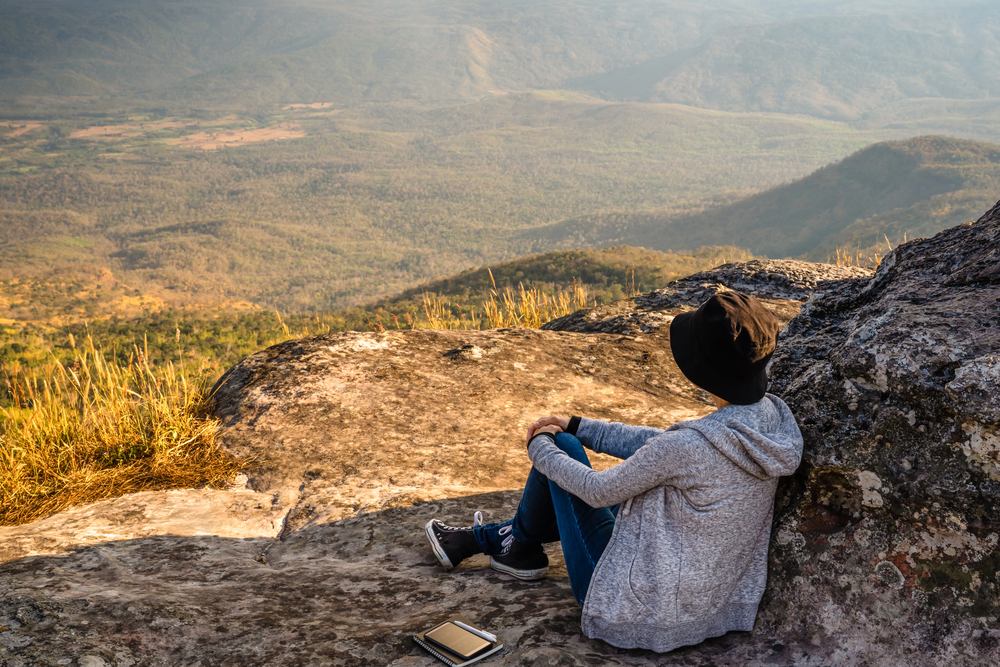
Here’s the thing about solo travel loneliness—it doesn’t happen when you’d expect. You won’t feel lonely standing in front of the Eiffel Tower or hiking through a national park. The loneliness usually strikes during mundane moments—eating breakfast alone or having no one to share that perfect sunset with. It’s less about being physically alone and more about not having someone to turn to and say, “Did you see that?” These moments pass quickly, though, and many solo travelers discover they actually enjoy their own company more than anticipated.
Language Barriers Aren’t Deal Breakers
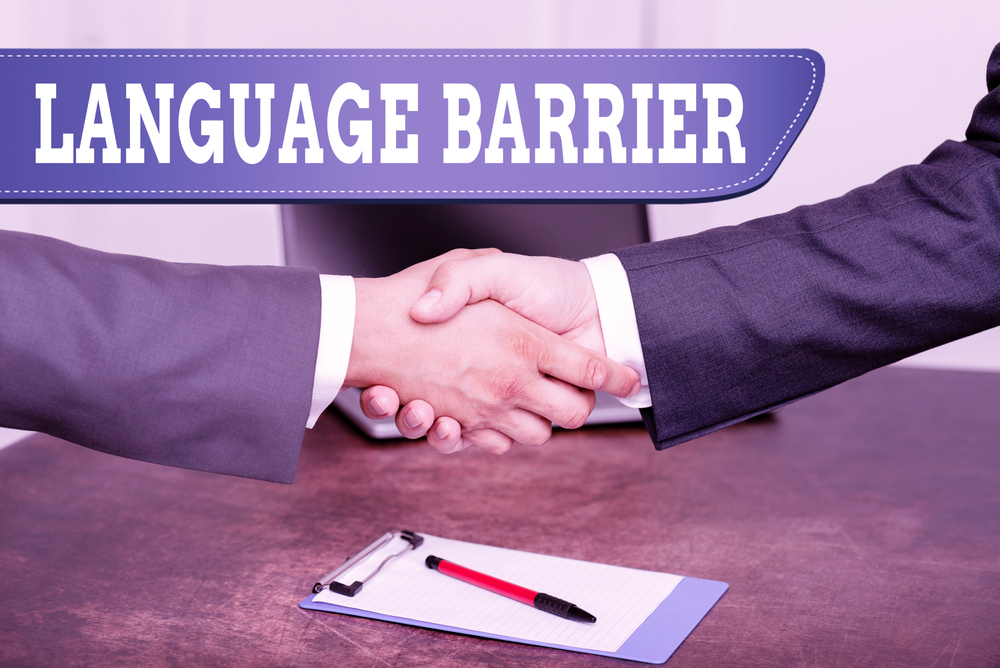
Fluency in the local language isn’t required to navigate foreign countries successfully. Hand gestures work surprisingly well—along with translation apps and pointing at menus. People are generally patient with travelers making an effort, even when that effort involves butchering pronunciation. Think of it like playing charades with higher stakes. You’ll figure it out, and sometimes miscommunications become the best travel stories later.
Getting Lost Isn’t the End of the World
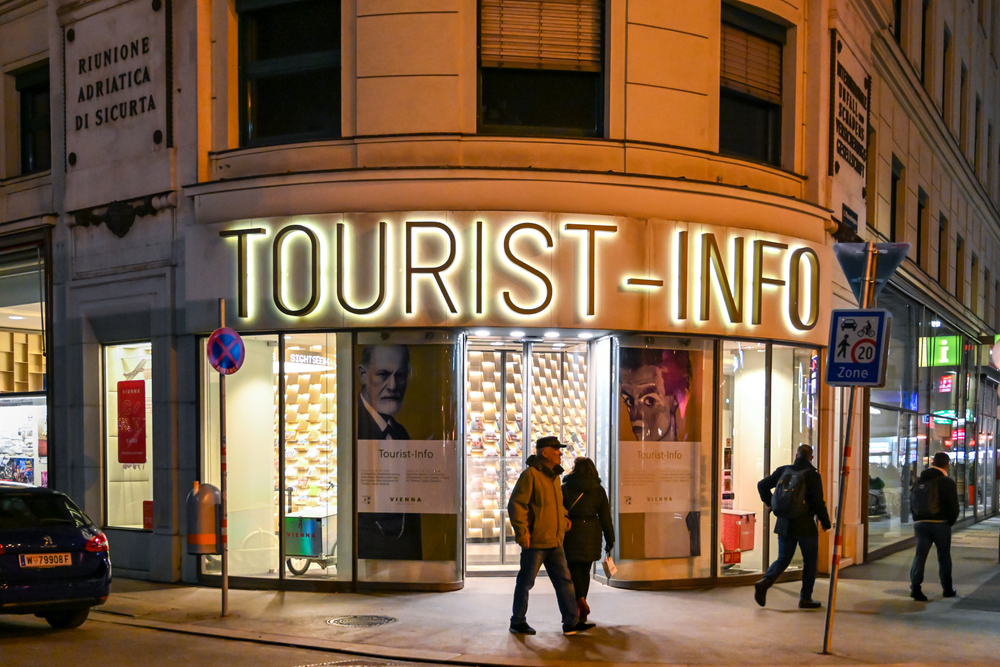
— Photo by CeriBreeze
Modern technology has made getting truly lost nearly impossible—but even when phones die or GPS fails, being lost isn’t the disaster your mind creates. Most cities have clear signage, helpful locals, and tourist information centers scattered around. Getting lost often leads to discovering neighborhoods, restaurants, or attractions you never would’ve found otherwise. It’s like taking an unplanned detour that sometimes ends up being better than your original route.
Eating Alone Gets Easier Quickly

The first solo restaurant meal feels awkward—like everyone’s staring at the person dining alone. In reality, most people are too focused on their own conversations to notice or care about your dining situation. Bring a book, journal, or just people-watch. Solo dining becomes quite peaceful once you get past that initial self-consciousness—many cultures actually respect solo diners, viewing them as confident and independent rather than sad or lonely.
Budget Control Is Actually Easier Solo

Traveling alone eliminates the need to compromise on spending decisions or split costs with someone who has different financial priorities. You can choose the hostel or the hotel—street food or fine dining, walking tours or taxi rides—all based on your own budget and preferences. There’s no awkward conversation about who pays for what. No feeling guilty about wanting to splurge on something your travel companion thinks is unnecessary.
Emergency Situations Rarely Happen
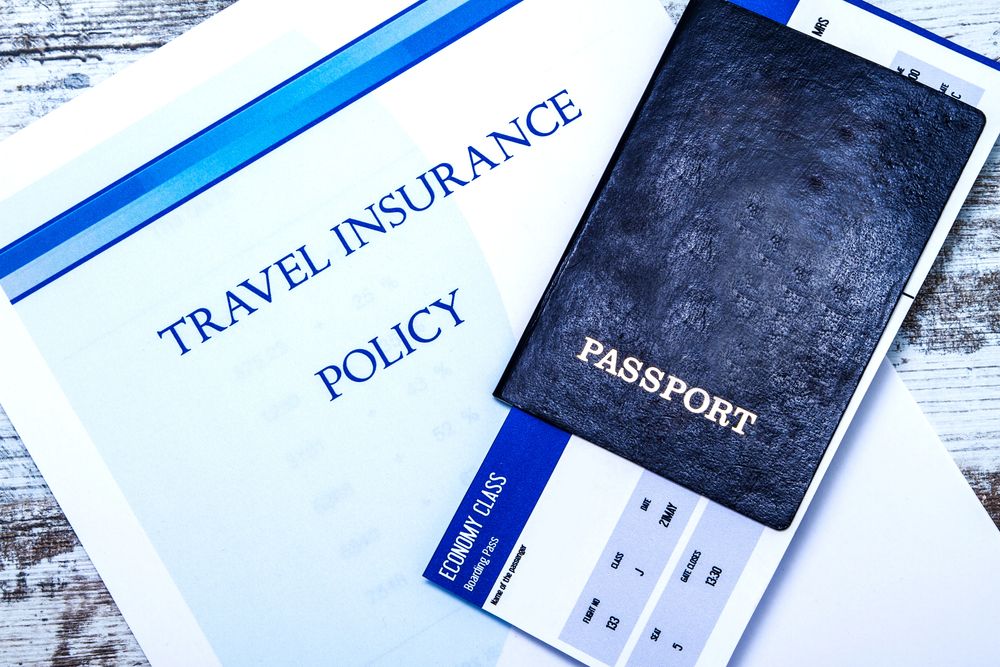
The scenarios that keep people awake at night—getting seriously injured with no one to help, being stranded somewhere dangerous, or facing a medical emergency alone—are statistically very unlikely. Most travel ’emergencies’ are actually minor inconveniences like missed flights or lost luggage. Travel insurance exists for genuine emergencies—and embassies, hotels, and local authorities are equipped to help travelers in real trouble. Your imagination is probably more creative than reality will ever be.
Solo Travelers Often Meet More People
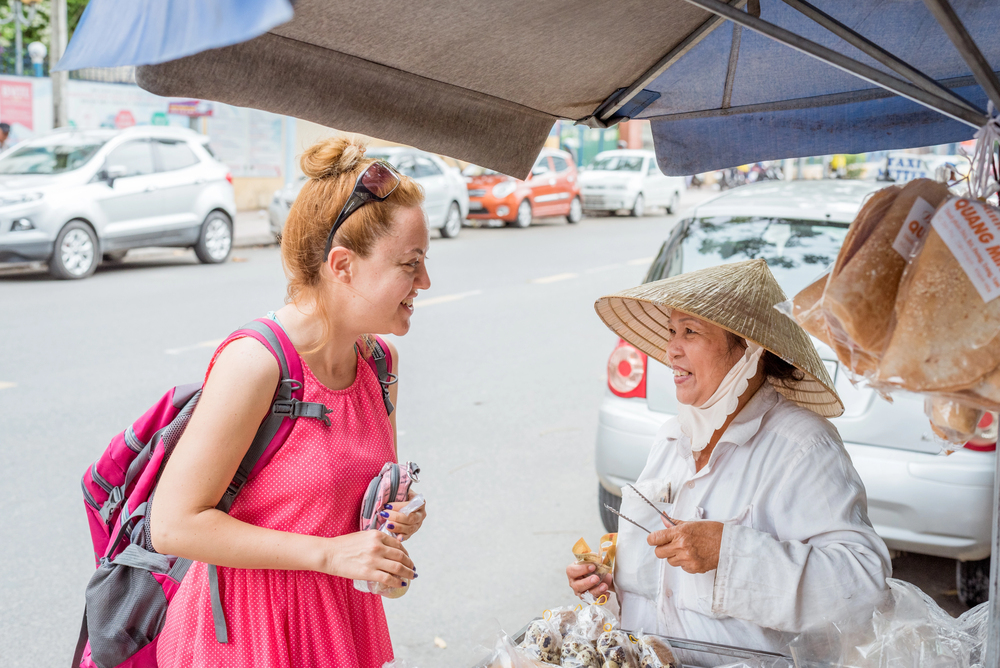
— Photo by David_Bokuchava
When traveling with others, you tend to stick to your group and miss opportunities to connect with new people. Solo travelers naturally appear more approachable to locals and other travelers—leading to conversations and friendships that wouldn’t happen otherwise. You’re more likely to join group activities, accept invitations from strangers, or strike up conversations with fellow tourists. It’s like being single at a party versus being there with your partner—you interact differently with the room.
Decision Fatigue Is Real But Manageable

Making every single decision yourself can become mentally exhausting—where to eat, what to see, when to leave. Unlike traveling with others where you can take turns being the decision-maker, solo travelers carry the full load of choices. The key is learning to make decisions quickly without overthinking every option—sometimes ‘good enough’ is actually perfect. You don’t need to optimize every moment of your trip.
Homesickness Comes in Waves

Missing home doesn’t mean you made a mistake by traveling solo. Homesickness often hits unexpectedly—maybe you see something that reminds you of a friend, or you really want to call someone and share an experience, but the time zones don’t line up. These feelings are normal and temporary. Think of homesickness like missing your favorite restaurant when trying new cuisine. It doesn’t mean the new food is bad, just different.
Cultural Mistakes Happen to Everyone

Accidentally offending someone or breaking an unspoken cultural rule feels more mortifying when you’re alone because there’s no travel companion to share the embarrassment. The truth is, locals are usually understanding of cultural missteps from obviously foreign visitors. Most people appreciate when travelers are trying to respect their customs, even if they don’t get it perfect. Your cultural faux pas probably won’t make the local news. It’ll just be a story you laugh about later.
Solo Female Travel Fears Are Often Exaggerated
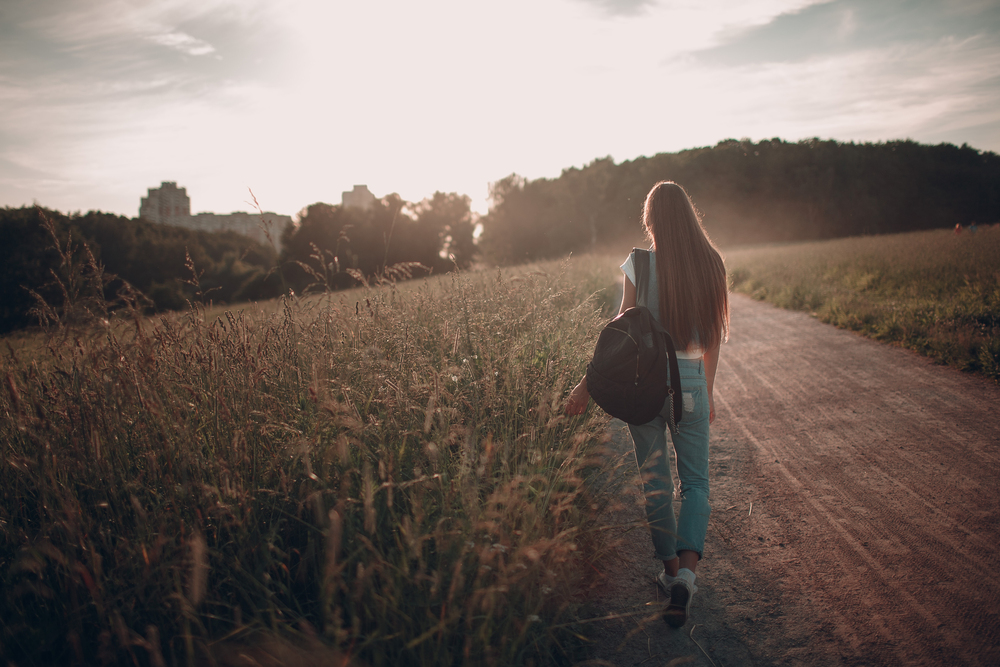
While women do face some unique considerations when traveling alone, the world isn’t as dangerous for solo female travelers as many people believe. Millions of women travel independently every year without incident. Common-sense precautions apply to all travelers, not just women—staying aware of your surroundings, trusting your instincts, researching areas beforehand. The key is distinguishing between reasonable caution and paralyzing fear based on worst-case scenario thinking.
Photography Becomes a Creative Challenge
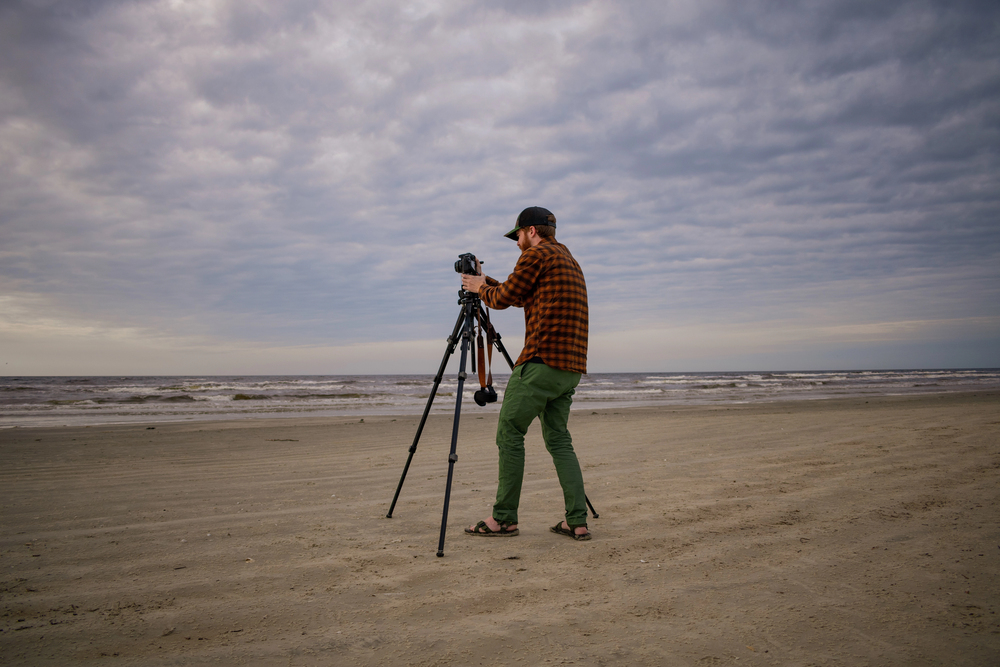
Not having someone to take your photo at every landmark forces you to get creative with travel documentation. You’ll become an expert at finding helpful strangers, using timer functions, and actually appreciating scenery without feeling compelled to photograph yourself in front of it. Many solo travelers discover they prefer landscape shots and candid street photography over posed tourist photos. Your travel album might look different, but it won’t be less meaningful.
Spontaneous Changes Feel More Natural

When plans fall through or opportunities arise, solo travelers can pivot quickly without consulting anyone else or managing hurt feelings about changed itineraries. Want to extend your stay somewhere amazing? No problem. Decide to skip that museum and take a cooking class instead? Easy decision. This flexibility often leads to the most memorable parts of a trip—the unplanned adventures that happen when you’re open to changing course.
Confidence Builds With Each Small Success
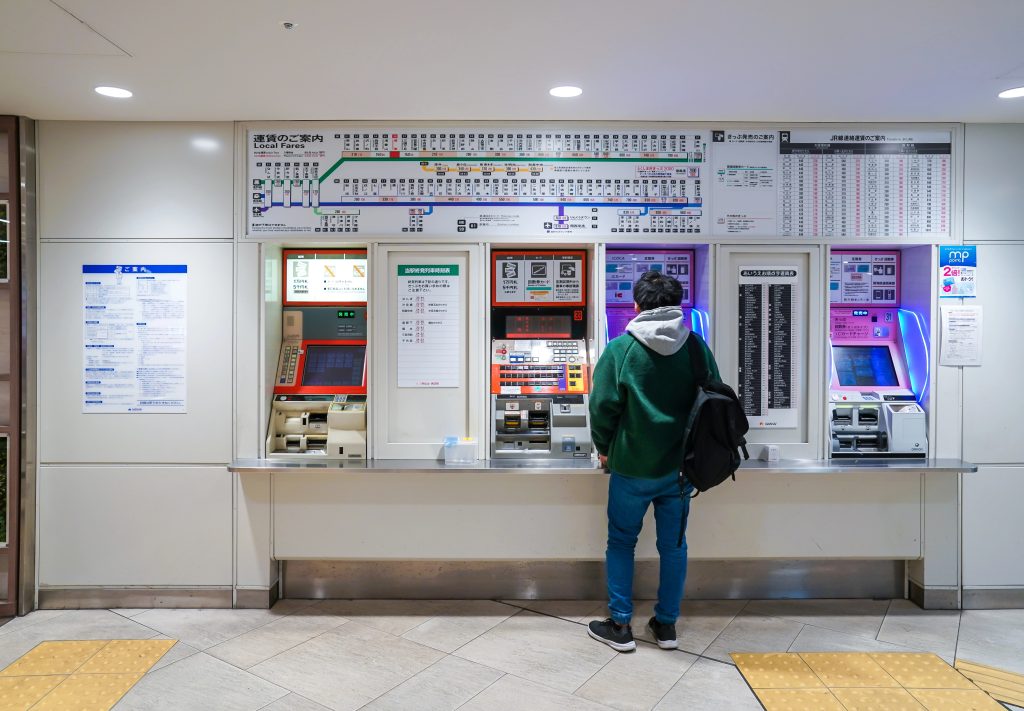
— Photo by surachetsh
Every successfully navigated subway system, every meal ordered in broken local language, every friendly conversation with a stranger builds your confidence for the next challenge. Solo travel confidence doesn’t happen overnight—it accumulates through small victories. By the end of your trip, situations that seemed intimidating at the beginning feel completely manageable. It’s like building a muscle that gets stronger with each use.
The Fear Fades Faster Than You Think
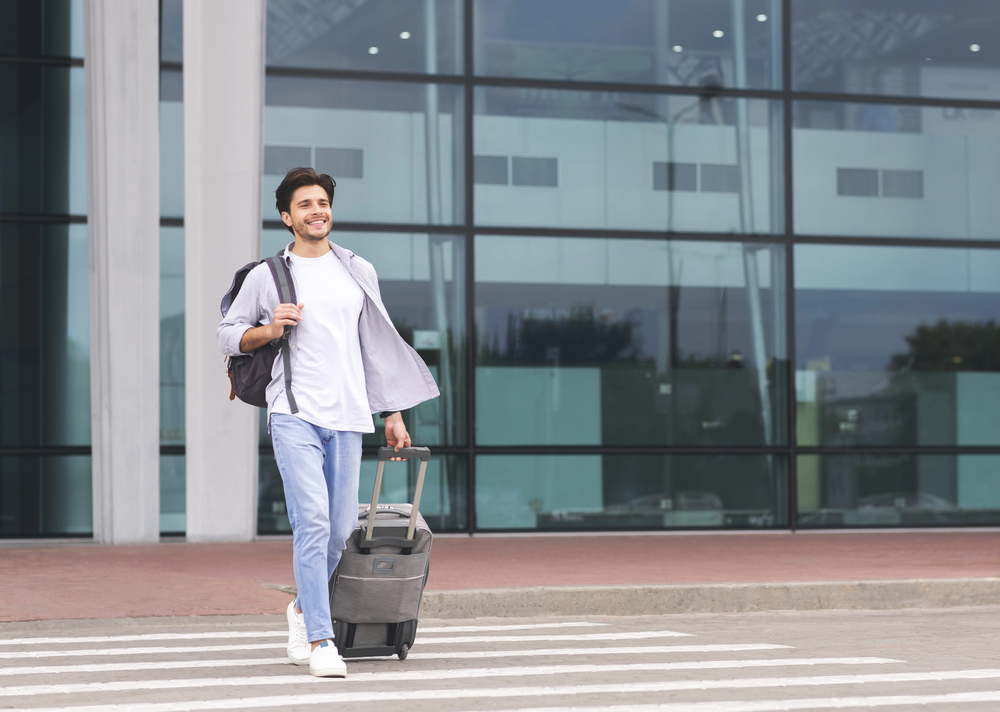
Most solo travel fears disappear within the first 24 to 48 hours of your trip. Once you successfully navigate the airport, find your accommodation, and grab your first meal, your brain starts to relax and realize that you’re more capable than your fears suggested. The anticipation of solo travel is almost always worse than the reality. What seemed like insurmountable obstacles from your couch at home become minor logistical details once you’re actually on the ground handling them.
From Armchair Anxiety to Real-World Confidence
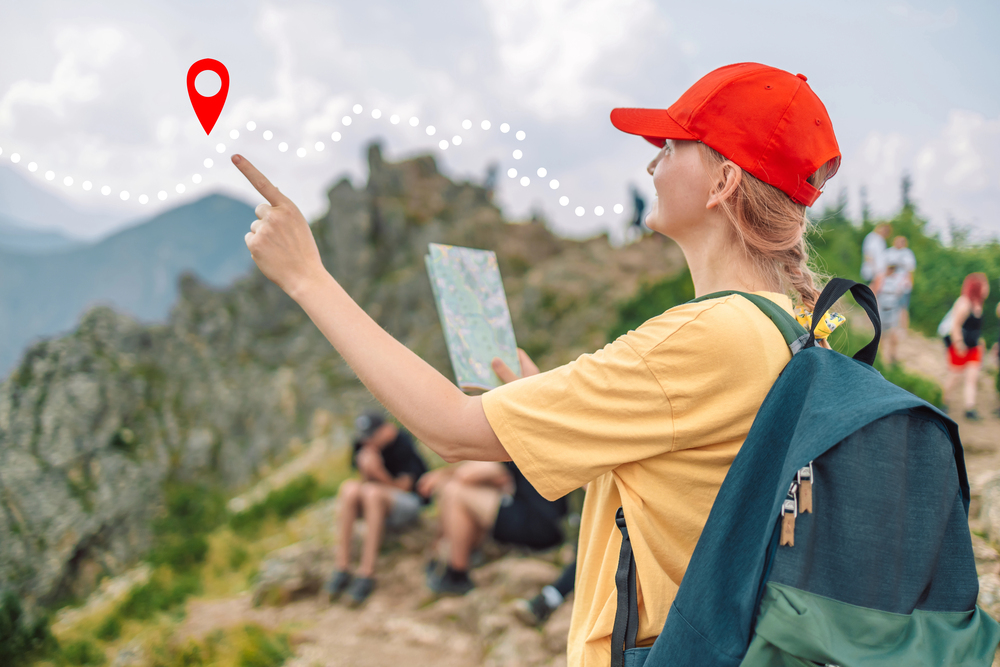
A century ago, solo travelers were genuine pioneers, venturing into unknown territories with limited communication options and no safety nets. Today’s solo travelers have GPS, instant translation, emergency services, and the ability to video call home from almost anywhere on Earth. The fears that hold people back today would have seemed laughable to travelers from previous generations who managed just fine with paper maps and handwritten letters. Modern solo travel combines the adventure of independence with safety nets our grandparents could never have imagined. The biggest barrier isn’t the world—it’s convincing yourself to take that first step out the door.
More from Travel Pug

- 20 Best Beach Towns in the Carolinas
- 13 Destinations Where Tourists Regularly Regret Their Trip
- 20 Things You Actually Get in First Class
- 20 Small Airports With Aviation Museums
- 20 Places in the U.S. That Are Perfect for a Reset Trip
Like Travel Pug’s content? Follow us on MSN.
